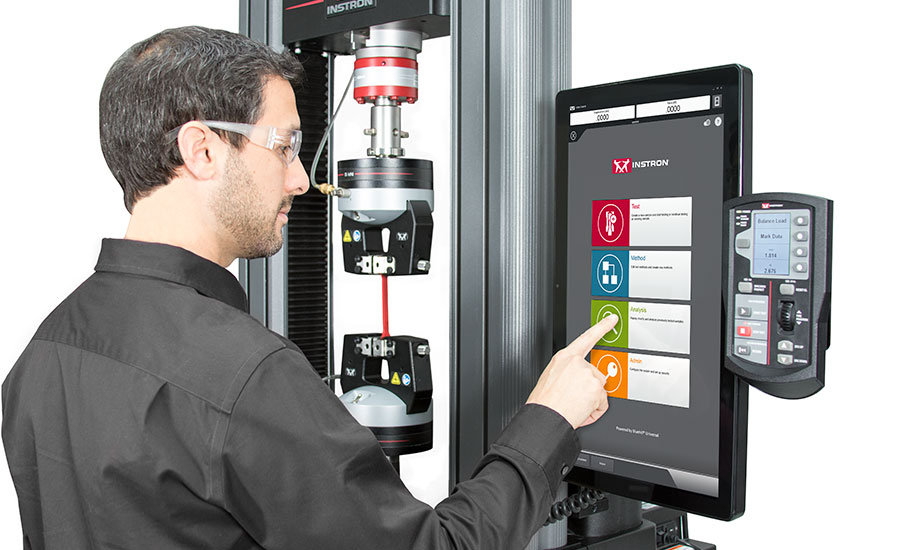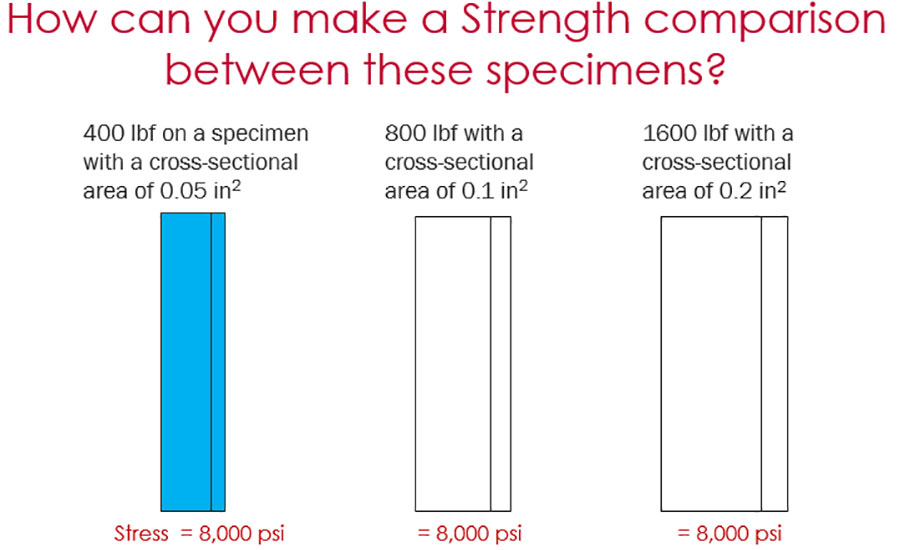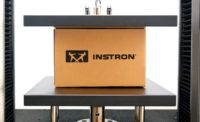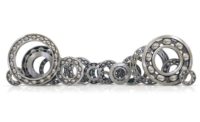In your day to day life, you take it for granted that the car you drive, the elevator you ride, and even the mug you sip your coffee out of will work as intended. Obviously, there are more risks associated with an elevator failure than some spilled coffee, but behind all those products are teams of engineers ensuring the right materials are chosen for the job. Materials testing serves as a way to analyze the properties, and more often than not, investigate how a material responds to different loading conditions. In general, the material that is tested is only a fraction of the size of the finished product, and for good reason.
If a steel beam is needed to support a structure, it might be necessary to stretch, compress, and/or bend the beam to understand how it will respond in real world conditions. Testing the actual beam would take a tremendous effort involving larger equipment, more expansive space requirements, and an exorbitant amount of money. In order to address these issues, the materials testing world relies on universal testing machine (UTMs) to do this work on a much smaller scale. This article will describe how a UTM helps translate small tests into big results. With this knowledge, data acquired from a UTM can help several industries to select better materials, maintain quality standards, and develop new and innovative materials.
UTM
To understand how testing small specimens leads to the use of larger parts or materials, we need to discuss the basics of UTMs and materials testing.
In general, a universal testing machine is a piece of equipment with a moving crosshead, which raises or lowers depending on the test being performed. Attached to the moving crosshead is a load cell. This is used to measure the amount of force or load that is being applied to a test specimen in real time. The term “universal” in the name refers to the ability to place any number of fixtures within the load string. A fixture can refer to tensile grips, compression platens, bend fixtures, or more application specific devices such as peel or puncture fixtures. Being able to interchange the load string allows a simple device to perform hundreds or even thousands of testing variations.
While the UTM physically performs the testing, software is required to control the machine and develop the testing procedure. This software allows the user to control the motion of the crosshead, set test parameters, develop the required results, and export that data to a separate analysis tool if necessary.
Force
Force is a seemingly basic concept; you experience it in hundreds of different forms every day. Understanding the force response of materials is the best way to predict how they will perform in their final state, whether it be a consumer product or a full-sized structure.
Load cell
In order to best evaluate these responses, an accurate way to measure force is required. A load cell is a device that is connected to the crosshead and in line with the specimen under test. It works with a network of resistors called a Wheatstone bridge. A small voltage is placed across this network when it is plugged into the UTM. When a force is enacted on the load cell, the device deforms on an extremely small scale, causing the resistors to elongate or shorten, affecting the resistance. This causes a change in voltage which is then converted into a force value by the UTM electronics.

Tensile testing setup on a universal testing machine (UTM).
Displacement
In addition to understanding the force response of a material, it is also important to identify the strain response of the material. Strain refers to the change in length of the material in relation to its original or gauge length. You can imagine a product like a seatbelt will stretch significantly, dissipating the energy of impact and subsequently keeping you safe. A steel beam is relatively stiff and will exhibit low amounts of strain.
UTM Encoder or Extensometer
An encoder is a device which measures the movement of the UTM crosshead, which is equated to specimen displacement. This is the simplest, but not necessarily the most accurate way to measure displacement. Extremely stiff materials like hardened steels and carbon fiber exhibit high forces and low strains. While under load, the entire UTM experiences minute deflections on the micron level which are being accounted for in the encoder displacement. This can be problematic for achieving accurate results on materials which only deflect on similarly small scales. An extensometer also measures specimen movement; however, it is usually attached directly to the specimen for improved measurement accuracy.
Stress
Stress is a means for comparing the strength of different materials as well as different geometries of the same material. Stress is calculated by taking a force value (at any point of a testing curve) and dividing it by a material’s initial cross-sectional area. Typically, testing is done on materials with either a rectangular or circular cross section, but the equation can apply to any geometry.
Stress = Force / Cross Sectional Area
Material Selection and Evaluation
It stands to reason that a larger piece of material can withstand more force that is applied to it. In practice, the use of a large piece of material with a high force capability is not always practical. When designing a suspension bridge, there are many other considerations including the weight of the materials and the cost associated with those materials. In that case, you need to consider how much material is required to maintain a certain factor of safety. Factor of safety is directly related to the yield strength of the material. Yield strength is the stress after the material has permanently deformed, rendering it unusable.

Stress comparison between specimens
This is where materials testing comes in. With a UTM, we can measure the force it takes to break or yield a material through load cell readings, yet in much more manageable sizes. Through data acquisition software, we can enter specimen dimensions for each specimen and then automatically calculate stress values with ease. Furthermore, you will be able to test the same material in various conditions, including a high or low temperature environment by utilizing a temperature chamber with the UTM. This is very important for understanding how non-ambient conditions affect the material properties.
Using the image on the previous page, it is easier to visually understand the difference between force and stress. If the cross-sectional area of one material is doubled, and the force at the same point on a test is doubled, the stress per square inch is the same. It makes sense that stress is best used for comparing different material types. This comparative information is vital for designers and builders to make informed decisions about their material selection and ensure that their projects will maintain appropriate factors of safety.
Conclusion
There are far more things to consider in choosing the right materials for your needs. For instance, understanding the long-term response of a material to dynamic loading, or the effects of moisture and humidity, both integral factors to understanding the working life of a product. The goal of this article was to highlight that while force is a good indicator of the absolute strength of a material, stress is better designed for comparative analysis and for making sound material selection decisions.


